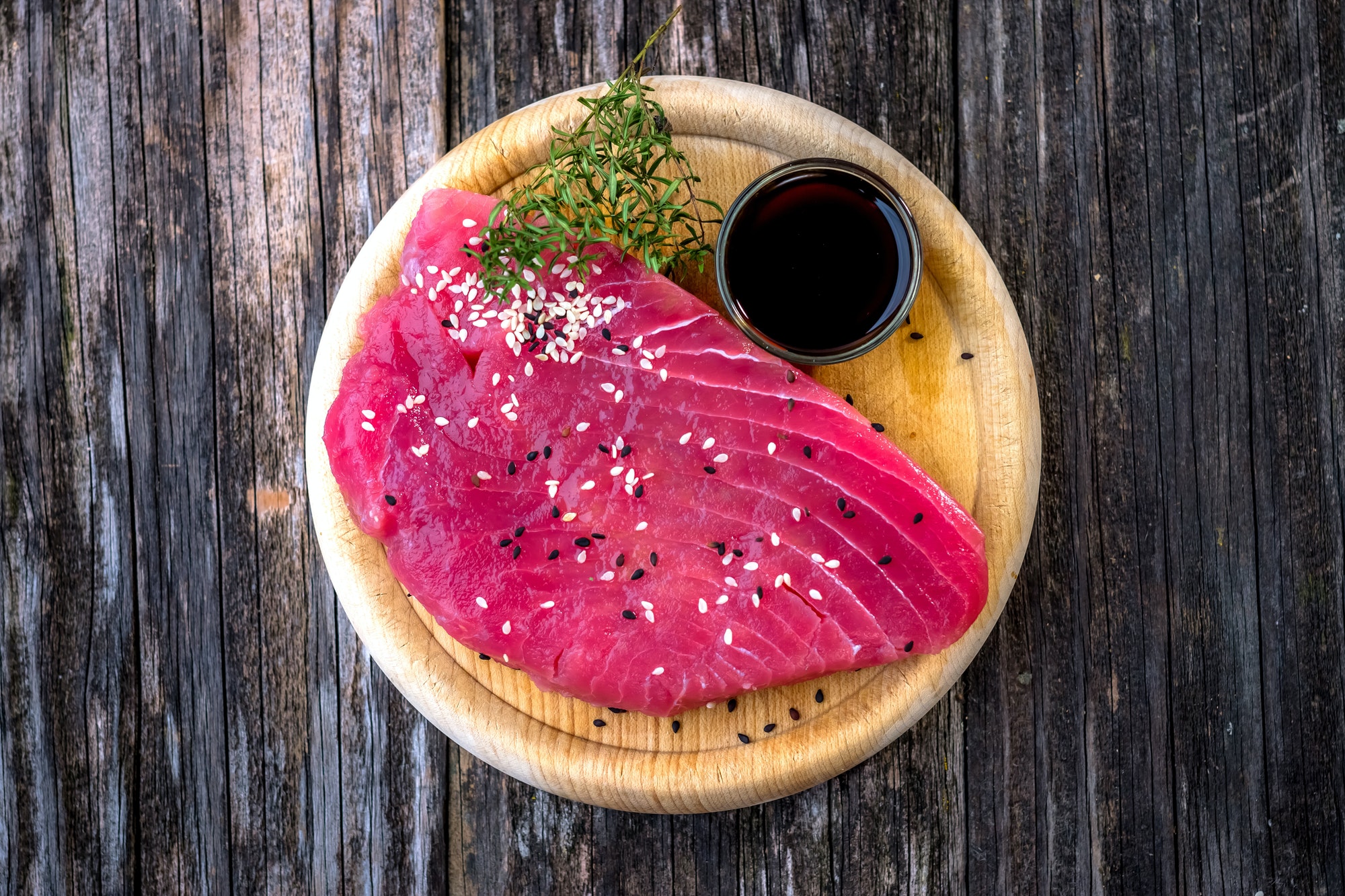Tuna is a tasty fish that can be enjoyed in many different ways. It’s often used to make sushi, but it goes great on sandwiches and salads as well. Many people don’t realize how easy it is to catch tuna! All you need are some simple fishing tools and the proper techniques. This blog post will explain exactly what those are so that you can start catching your tuna yourself!
When you talk about catching big fish, people often think of giant Bluefin tuna 1,000 pounds (454 kg) or more. If you’re interested in monster game fish like that, specific techniques and tackle are designed for those species. Today we’re talking about general tuna species fishing. Here is some general advice on how to catch giant tuna:
- Use a sturdy rod with a good backbone that will have enough power for repeated hook-sets.
- Use a leader made from 50 lbs test monofilament.
- Use a large enough reel for the fish you’re going to catch.
- Switch from circle hooks to J-hooks if you want to see more fish. Circle hooks do a better job of not getting swallowed by a tuna, but they also have less hook penetration. If your goal is catching larger fish, switch to J-hooks.
- When using live bait, choose species that are fatter and denser. Shrimp and squid will result in the fastest catches of the day, while pilchards or sardines will get you the bigger fish on average.
Always Use Very Sharp Hooks In Good Condition
In addition to these generalities, specific tactics work on some tuna species. Trolling off the surface is a very successful way of catching larger fish. The most common species on off-the-surface trolling are yellowfin and albacore.
Tuna like to feed in the water below 40 feet (12 m). If your lure or bait is too deep, you’ll miss some fish.
Chumming usually does not work for tuna; it attracts sharks instead of fish. One of the best ways of attracting tunas is to use a rod that’s already hooked up with live bait or cut bait (preferably fattier prey such as pilchards or sardines).
Feeding time for tuna happens during twilight. If you want to catch them, troll during the early evening or late morning/early afternoon hours.
Tuna don’t like to feed where there’s a lot of noise and commotion. If your boat is making too much noise, they’ll stay away.
When you’re using live bait, try to present it the way that the prey would naturally act: if tuna prey on mackerel schools, drag a mackerel behind your boat or cast into a school of them. If tuna feed on squid or small pelagic fish, use those as bait.
Some waters are better for larger tuna than others; find out whether the location you’re fishing has better-sized tuna compared to others in it.
Final Words
After reading this post, you will better understand how to catch bigger tuna. The solution is to apply the right bait and location while using the correct technique for reeling in your fish. You can also try catching them during different times of the day or seasonally. Happy Fishing!


